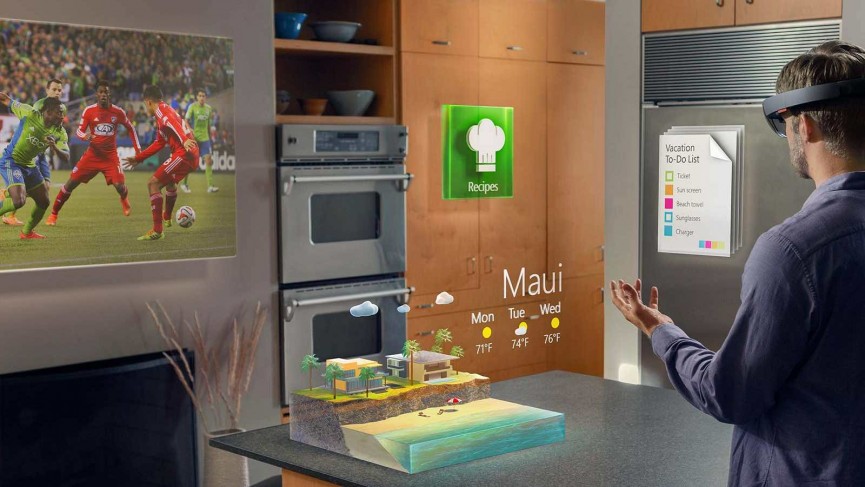Written by guest author Lindsay Boyajian at Conductor
Since Amazon announced its acquisition of Whole Foods, the running joke across social media has been, “Jeff Bezos said to Alexa, ‘Buy me something on Whole Foods,’ and Alexa bought Whole Foods.”
This quip highlights the shortcomings that plague voice search. Today, voice recognition technology is very much flawed and often falls short in delivering on the user’s intent.
Despite its weaknesses, voice search is promising to be the user input of tomorrow. The major tech companies are investing heavily in the technology— Apple has Siri, Amazon has Alexa, Google has Google Assistant, and Microsoft has Cortana. Even with the technology in its nascency, Google reports 20 percent of queries on its mobile app and Android devices are voice searches.
And thanks to artificial intelligence and machine learning, voice search is improving quickly. It improves with every user interaction, becoming more apt at understanding user intent. With the technology advancing, more users will adopt voice search, fueling the growth cycle.
The work that is going into voice recognition technology today will power the next evolution in computing— augmented reality.
Augmented Reality & Voice Search
Augmented reality (AR) represents a new computing paradigm. Augmented reality overlays digital assets on the real-world environment. The technology promises to change how users interact with the digital world.

Soon, everything from office activities to shopping will be experienced through augmented reality. For instance, a shopper will be able to put on a lightweight pair of AR glasses to visualize in 3D what different couches will look like in her home. Some AR experiences like this are already offered today through head-mounted devices like Hololens and Meta. However, these devices are only available to developers and still have their limitations. They are not ready for mass consumer adoption.
The principal user input for augmented reality devices (excluding hardware input accessories like keypads and clickers) is gesture and voice. The issue with gesture controls is user discomfort and fatigue. Many experts agree that voice will be the primary input for these devices.
As the augmented reality space matures so will the importance of voice search.
The tech company with the most advanced voice recognition technology will have an advantage in augmented reality computing.
Optimizing Organic Search for the Future of Voice Search
Although mass consumer adoption of AR hardware is still years away, brands that optimize for voice search early will lead in organic and search marketing when the technology becomes ubiquitous.
Voice search behavior differs from traditional search patterns. Consumers approach voice search using natural, more conversational language. The queries are often longer and delivered as questions.
The result for marketers is that content optimized only for keywords will falter, while content that delivers value and matches the intent of the user will see improved organic search performance. To do this, marketers need to develop a deeper understanding of their customers to deliver content that provides relevant and timely value. This approach to marketing is known as customer first marketing.
Customer first marketing is not new. More and more brands are quickly adopting a customer-centric marketing approach. Relevant and contextual content drives traffic, fosters customer engagement, and builds loyalty. The rise of voice search and its link to the future of augmented reality only makes adopting a customer first marketing strategy even more advantageous for brands and marketers.
This piece originally appeared on LinkedIn. For more, follow Lindsay Boyajian on Twitter and LinkedIn.
Disclaimer: We actively write about the themes in which we invest: artificial intelligence, robotics, virtual reality, and augmented reality. From time to time, we will write about companies that are in our portfolio. Content on this site including opinions on specific themes in technology, market estimates, and estimates and commentary regarding publicly traded or private companies is not intended for use in making investment decisions. We hold no obligation to update any of our projections. We express no warranties about any estimates or opinions we make.